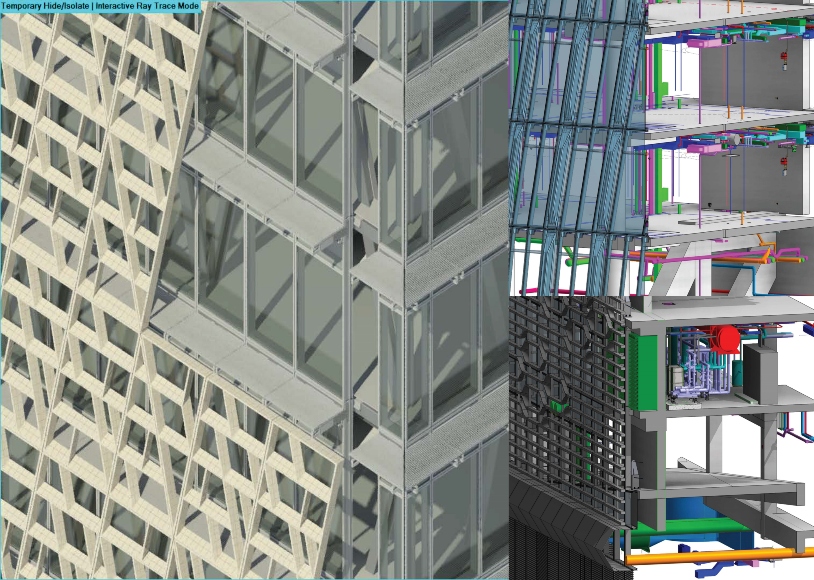1. Better Collaboration: BIM encourages better collaboration between the different stakeholders. involved in the building process, including architects, designers, engineers, and contractors. It allows all the parties to work together in real-time and share information easily, resulting in better-informed decision- making.
2. Faster Completion: BIM enables the creation of 3D models that can be used to identify any potential conflicts or issues much earlier in the design process. This reduces the need for rework, enabling the project to be completed faster.
3. Reduced Costs: BIM allows all stakeholders to work together from the early design stages, making it easier to identify potential problems and come up with solutions. This can lead to significant cost savings. throughout the project’s life cycle.
4. Better Quality: BIM allows for better quality control by enabling more accurate and detailed design. reducing the chances of errors and issues. It also improves quality assurance by providing a detailed digital model that can be used to track and monitor progress throughout the project.
5. Improved Sustainability: BIM enables the creation of energy- efficient and sustainable designs that are environmentally friendly. BIM tools can help identify the best sustainable options for a building’s design. leading to a more sustainable and cost-effective final product.
6. Better Facility Management: With BIM, building information can be easily accessed, even after the Construction is complete. This makes it easier to manage and maintain the building throughout its lifetime, reducing maintenance costs, and improving safety.
